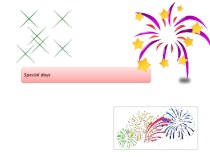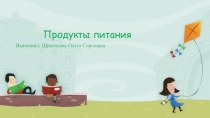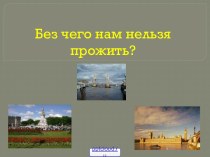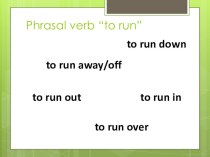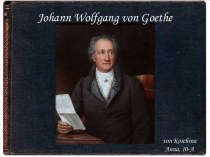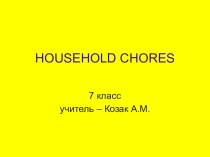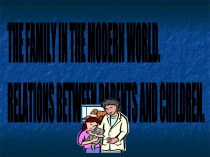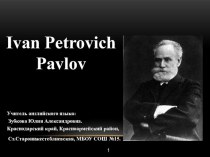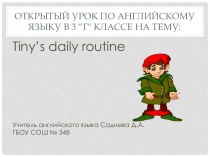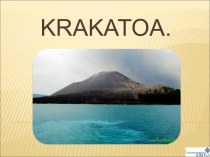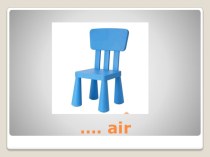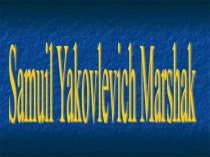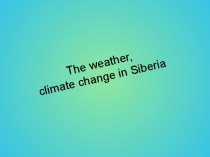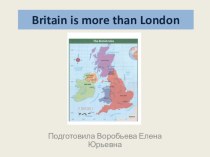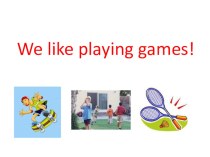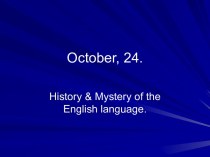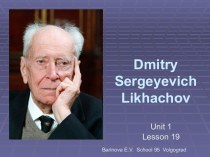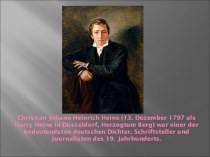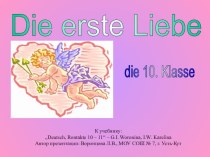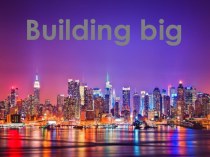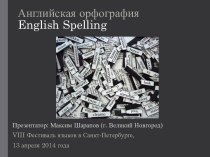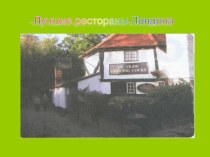- Главная
- Разное
- Бизнес и предпринимательство
- Образование
- Развлечения
- Государство
- Спорт
- Графика
- Культурология
- Еда и кулинария
- Лингвистика
- Религиоведение
- Черчение
- Физкультура
- ИЗО
- Психология
- Социология
- Английский язык
- Астрономия
- Алгебра
- Биология
- География
- Геометрия
- Детские презентации
- Информатика
- История
- Литература
- Маркетинг
- Математика
- Медицина
- Менеджмент
- Музыка
- МХК
- Немецкий язык
- ОБЖ
- Обществознание
- Окружающий мир
- Педагогика
- Русский язык
- Технология
- Физика
- Философия
- Химия
- Шаблоны, картинки для презентаций
- Экология
- Экономика
- Юриспруденция
Что такое findslide.org?
FindSlide.org - это сайт презентаций, докладов, шаблонов в формате PowerPoint.
Обратная связь
Email: Нажмите что бы посмотреть
Презентация на тему Royal Family
Содержание
- 2. Project is done by:Lukina AlinaTulinova Maria Poshtovaya Daria
- 3. SANDRINGHAM HOUSE, ELIZABETH'S PRIVATE RESIDENCE IN SANDRINGHAM, NORFOLK.
- 4. Elizabeth II The Queen was born in
- 5. The Queen is the United Kingdom's Head
- 6. EDUCATION Princess Elizabeth was educated at home
- 7. EARLY PUBLIC LIFEAs the Princess grew older
- 8. Thereafter her official duties increased, particularly in
- 9. In September 1944, the Princess carried out
- 10. After the end of the war, Princess
- 11. Shortly after the Royal Family returned from
- 12. After Princess Elizabeth became Queen, their third
- 13. ACCESSION AND CORONATIONAfter her marriage Princess Elizabeth
- 14. Her Majesty's Coronation took place in Westminster
- 15. ROLE AS MONARCHIn winter 1953 Her Majesty
- 16. Her Majesty acts as host to the
- 17. Every year, Her Majesty entertains some 48,000
- 18. Her Majesty also gives regular receptions and
- 19. THE ROLE OF THE QUEEN IN THE
- 20. PHILIP MOUNTBATTENThe Prince Philip, Duke of Edinburgh
- 21. CHARLES PRINCE OF WALESCharles, Prince of Wales
- 22. PRINCE WILLIAMPrince William of Wales (William Arthur
- 23. PRINCE HENRYPrince Harry, is the younger son
- 24. PRINCE ANDREWThe Prince Andrew, Duke of York
- 25. PRINCE EDWARDThe Prince Edward, Earl of Weasel
- 26. ANNE, PRINCESS ROYAL Anne, Princess Royal (Anne
- 27. CEREMONIESThe colorful ceremonies and traditions associated with
- 28. Скачать презентацию
- 29. Похожие презентации


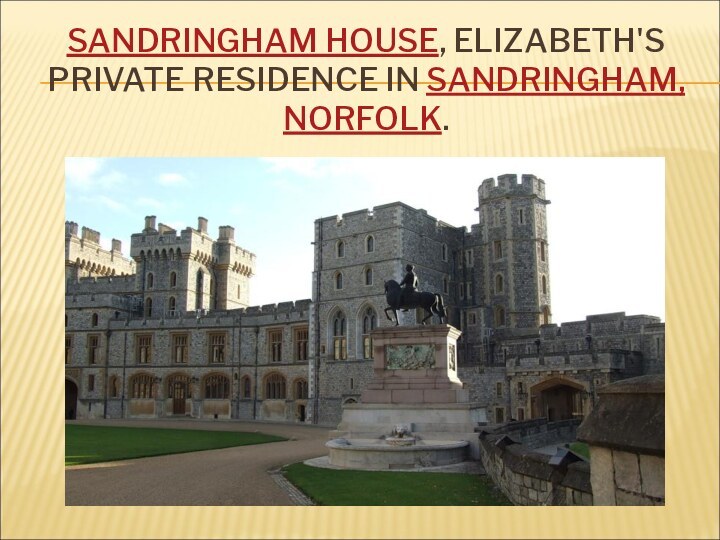


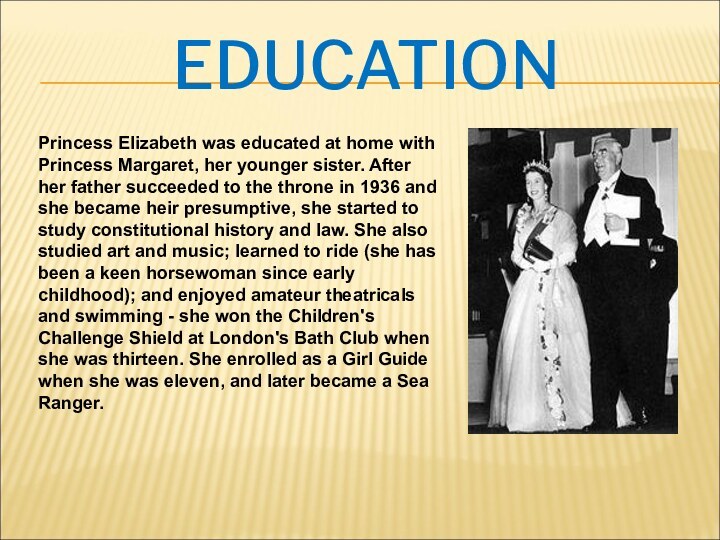

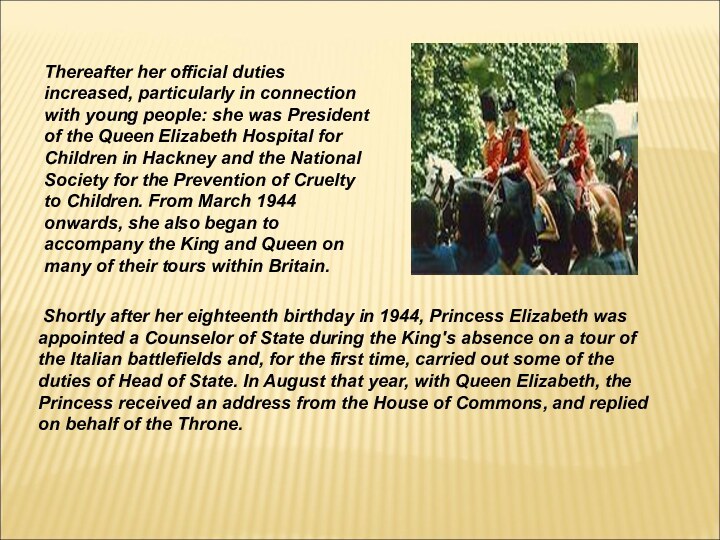






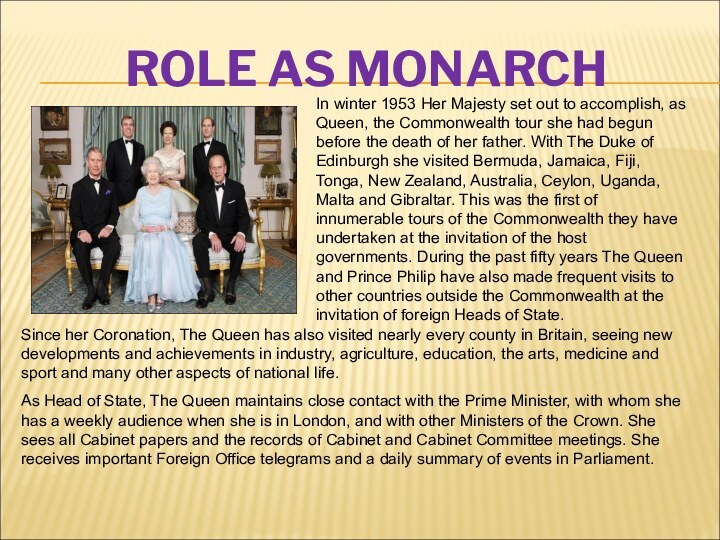





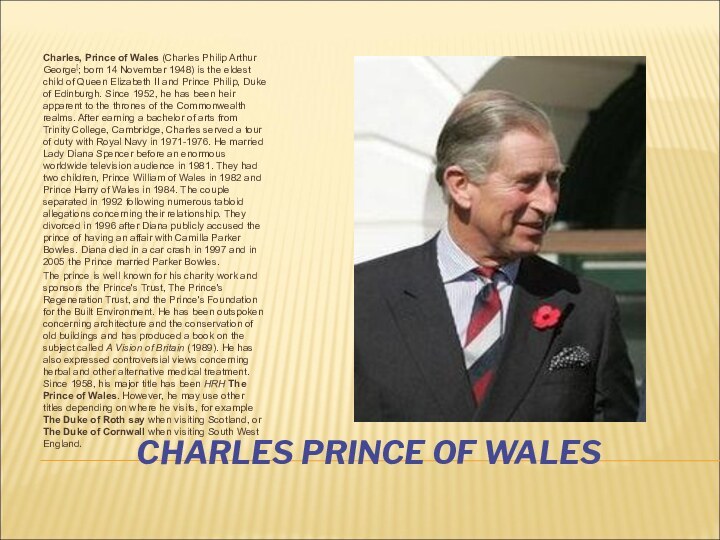
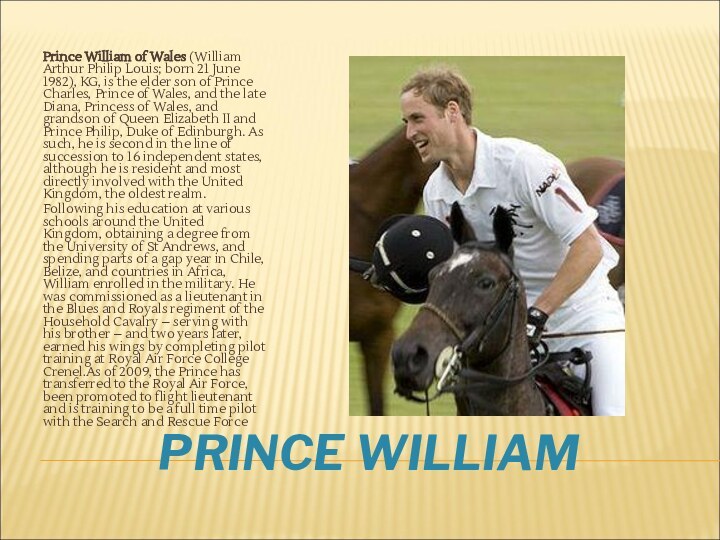
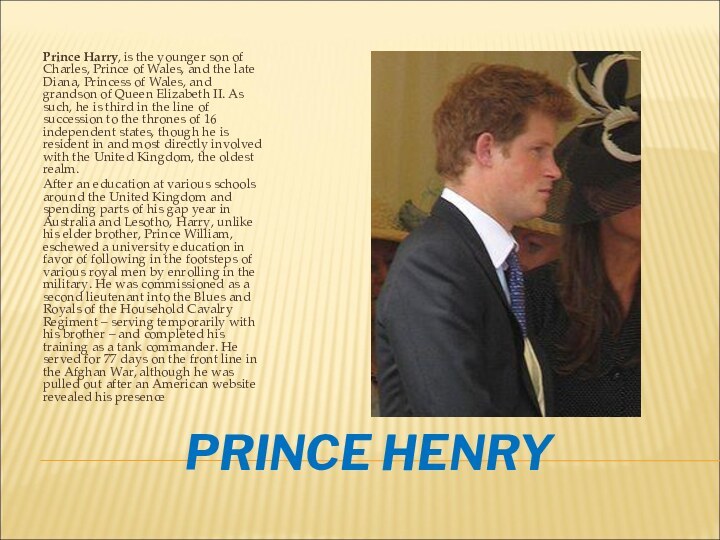




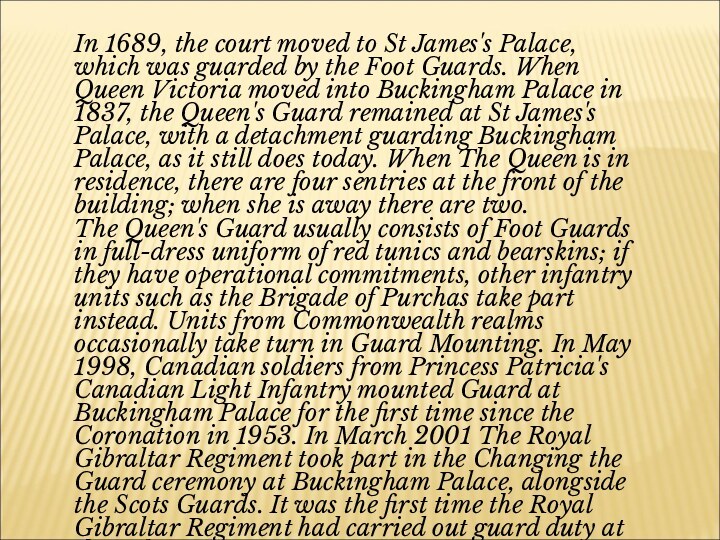
Слайд 4
Elizabeth II
The Queen was born in London on
21 April 1926, the first child of The Duke
and Duchess of York, subsequently King George VI and Queen Elizabeth. Five weeks later she was christened Elizabeth Alexandra Mary in the chapel at Buckingham Palace.The Princess's early years were spent at 145 Piccadilly, the London house taken by her parents shortly after her birth; at White Lodge in Richmond Park; and at the country homes of her grandparents, King George V and Queen Mary, and the Earl and Countess of Strathmore. When she was six years old, her parents took over Royal Lodge in Windsor Great Park as their own country home
Слайд 5
The Queen is the United Kingdom's Head of
State. As well as carrying out significant constitutional functions,
The Queen also acts as a focus for national unity, presiding at ceremonial occasions, visiting local communities and representing Britain around the world. The Queen is also Head of the Commonwealth. During her reign she has visited all the Commonwealth countries, going on 'walkabouts' to gain direct contact with people from all walks of life throughout the world. Behind and in front of the cameras, The Queen's work goes on. No two days in The Queen's working life are ever the same.
Слайд 6
EDUCATION
Princess Elizabeth was educated at home with Princess
Margaret, her younger sister. After her father succeeded to
the throne in 1936 and she became heir presumptive, she started to study constitutional history and law. She also studied art and music; learned to ride (she has been a keen horsewoman since early childhood); and enjoyed amateur theatricals and swimming - she won the Children's Challenge Shield at London's Bath Club when she was thirteen. She enrolled as a Girl Guide when she was eleven, and later became a Sea Ranger.
Слайд 7
EARLY PUBLIC LIFE
As the Princess grew older she
began to take part in public life. She broadcast
for the first time in October 1940, when she was 14; she sent a message during the BBC's children's programmed to all the children of Britain and the Commonwealth, particularly to those children who were being evacuated for safety reasons. In early1942 she was appointed Colonel-in-Chief of the Grenadier Guards, and on her sixteenth birthday she carried out her first public engagement, when she inspected the regiment. In April 1943, Princess Elizabeth carried out her first solo public engagement, when she spent a day with a Grenadier Guards tank battalion in Southern Command.Слайд 8 Thereafter her official duties increased, particularly in connection
with young people: she was President of the Queen
Elizabeth Hospital for Children in Hackney and the National Society for the Prevention of Cruelty to Children. From March 1944 onwards, she also began to accompany the King and Queen on many of their tours within Britain. Shortly after her eighteenth birthday in 1944, Princess Elizabeth was appointed a Counselor of State during the King's absence on a tour of the Italian battlefields and, for the first time, carried out some of the duties of Head of State. In August that year, with Queen Elizabeth, the Princess received an address from the House of Commons, and replied on behalf of the Throne.
Слайд 9 In September 1944, the Princess carried out her
first official tour of Scotland with her parents, including
her first opening ceremony in October when she opened the recently reconstructed Aberdeen Sailors' Home. The Princess's first flight by air was in July 1945, when she accompanied the King and Queen on a two-day visit to Northern Ireland.In early 1945 the Princess was made a Subaltern in the Auxiliary Territorial Service (ATS). By the end of the war she had reached the rank of Junior Commander, having completed her course at No. 1 Mechanical training Centre of ATS and passed out as a fully qualified driver.
Слайд 10 After the end of the war, Princess Elizabeth's
public engagements continued to grow, and she travelled extensively
to attend public functions throughout the British Isles. These included the launching of a new aircraft carrier in Belfast and a tour of Ulster in March 1946, and attending the National Eisteddfod of Wales in August 1946.Her first official overseas visit took place in 1947, when she accompanied her parents and sister on a tour of South Africa. During this tour she celebrated her twenty-first birthday, and gave a broadcast address dedicating herself to the service of the Commonwealth - a dedication she repeated five years later on her accession to the throne.
On her return from the South Africa tour, Princess Elizabeth received the freedom of the City of London in June 1947; in July, she received the freedom of the city of Edinburgh.
In November 1947, Princess Elizabeth was created a Lady of the Garter at a private investiture by the King.
Слайд 11
Shortly after the Royal Family returned from South
Africa, the Princess's engagement to Lieutenant Philip Mountbatten was
announced. The couple, who had known each other for many years, were married in Westminster Abbey on 20 November 1947. Lieutenant Mountbatten, now His Royal Highness The Prince Philip, Duke of Edinburgh, was the son of Prince Andrew of Greece and a great-great-grandson of Queen Victoria.The Royal couple had four children, and so far have six grandchildren. Prince Charles, now The Prince of Wales, Heir apparent to the throne, was born in 1948, and his sister, Princess Anne, now The Princess Royal, two years later.
Слайд 12 After Princess Elizabeth became Queen, their third child,
Prince Andrew, arrived in 1960 and the fourth, Prince
Edward, in 1964. Prince Andrew and Prince Edward were the first children to be born to a reigning monarch since Queen Victoria had her family.Their grandchildren are Peter and Zara Phillips (b. 1977 and 1981); Prince William of Wales and Prince Henry of Wales (b. 1982 and 1984); and Princess Beatrice of York and Princess Eugenie of York (b. 1988 and 1990).
Слайд 13
ACCESSION AND CORONATION
After her marriage Princess Elizabeth paid
formal visits with The Duke of Edinburgh to France
and Greece; in autumn 1951 they toured Canada. She also visited Malta four times while The Duke was stationed there on naval duties. In 1952, King George VI's illness forced him to abandon his proposed visit to Australia and New Zealand. The Princess, accompanied by Prince Philip, took his place. On 6 February, during the first stage of this journey, in Kenya, she received the news of her father's death and her own accession to the throne.Слайд 14 Her Majesty's Coronation took place in Westminster Abbey
on 2 June 1953. Representatives of the peers, the
Commons and all the great public interests in Britain, the Prime Ministers and leading citizens of the other Commonwealth countries, and representatives of foreign states were present. The ceremony was broadcast on radio around the world and, at The Queen's request, on television.It was television, then in its relative infancy, that brought home the splendor and the deep significance of the coronation to many hundreds of thousands of people in a way never before possible. The coronation was followed by drives through every part of London, a review of the fleet at Spit head, and visits to Scotland, Northern Ireland and Wales.
Слайд 15
ROLE AS MONARCH
In winter 1953 Her Majesty set
out to accomplish, as Queen, the Commonwealth tour she
had begun before the death of her father. With The Duke of Edinburgh she visited Bermuda, Jamaica, Fiji, Tonga, New Zealand, Australia, Ceylon, Uganda, Malta and Gibraltar. This was the first of innumerable tours of the Commonwealth they have undertaken at the invitation of the host governments. During the past fifty years The Queen and Prince Philip have also made frequent visits to other countries outside the Commonwealth at the invitation of foreign Heads of State.Since her Coronation, The Queen has also visited nearly every county in Britain, seeing new developments and achievements in industry, agriculture, education, the arts, medicine and sport and many other aspects of national life.
As Head of State, The Queen maintains close contact with the Prime Minister, with whom she has a weekly audience when she is in London, and with other Ministers of the Crown. She sees all Cabinet papers and the records of Cabinet and Cabinet Committee meetings. She receives important Foreign Office telegrams and a daily summary of events in Parliament.
Слайд 16 Her Majesty acts as host to the Heads
of State of Commonwealth and other countries when they
visit Britain, and receives other notable visitors from overseas.She holds Investitures in Britain and during her visits to other Commonwealth countries, at which she presents honors to people who have distinguished themselves in public life.
As Sovereign, Her Majesty is head of the Navy, Army and Air Force of Britain. On becoming Queen she succeeded her father as Colonel-in-Chief of all the Guards Regiments and the Corps of Royal Engineers and as Captain-General of the Royal Regiment of Artillery and the Honorable Artillery Company. At her Coronation she assumed similar positions with a number of other units in Britain and elsewhere in the Commonwealth. (A full list appears in Whitaker's Almanac.)
Слайд 17 Every year, Her Majesty entertains some 48,000 people
from all sections of the community (including visitors from
overseas) at Royal Garden Parties and other occasions. At least three garden parties take place at Buckingham Palace and a fourth at the Palace of Holy Roodhouse, in Edinburgh. Additional 'special' parties are occasionally arranged, for example to mark a significant anniversary for a charity. In 1997, there was a special Royal Garden Party attended by those sharing The Queen and The Duke of Edinburgh's golden wedding anniversary. In the summer of 2002 there will be special Golden Jubilee Garden Parties for individuals born on Accession Day, 6 February 1952.Слайд 18 Her Majesty also gives regular receptions and lunches
for people who have made a contribution in different
areas of national and international life. She also appears on many public occasions such as the services of the Orders of the Garter and the Thistle; Trooping the Color; the Remembrance Day ceremony; and national services at St Paul's Cathedral and Westminster Abbey.The Queen is Patron or President of over 700 organizations. Each year, she undertakes a large number of engagements: some 531 in the UK and overseas in 2000.
Слайд 19 THE ROLE OF THE QUEEN IN THE MODERN
WORLD
Until the end of the 17th century, British monarchs
were executive monarchs - that is, they had the right to make and pass legislation. Since the beginning of the eighteenth century, the monarch has become a constitutional monarch, which means that he or she is bound by rules and conventions and remains politically impartial.
On almost all matters he or she acts on the advice of ministers. While acting constitutionally, the Sovereign retains an important political role as Head of State, formally appointing prime ministers, approving certain legislation and bestowing honors.
The Queen also has important roles to play in other organizations, including the Armed Forces and the Church of England.
Слайд 20
PHILIP MOUNTBATTEN
The Prince Philip, Duke of Edinburgh (born
Prince Philip's of Greece and Denmark; born 10 June
1921) [ is the husband of Queen Elizabeth II.He was born into the Greek and Danish royal families, but his family was exiled from Greece when he was a child. He was educated in Germany and Scotland at schools run by the German Jewish educator Kurt Hahn. At the age of 18, he joined Britain's Royal Navy, in which he served during World War II, even though two of his German brothers-in-law fought on the opposing side. After the war, in March 1947, he renounced his titles, adopted the surname of his British maternal grandparents, and used the style "Lieutenant Philip Mountbatten". Later that year, he married Princess Elizabeth, the heir to the British throne. On his marriage, he was granted the style of His Royal Highness and the title of Duke of Edinburgh by his father-in-law King George VI. When Elizabeth became Queen in 1952, Philip left his naval career to act as her consort. His wife made him a Prince of the United Kingdom in 1957. He is Britain's longest-serving consort and the oldest serving partner of a reigning monarch.
Слайд 21
CHARLES PRINCE OF WALES
Charles, Prince of Wales (Charles
Philip Arthur George[; born 14 November 1948) is the
eldest child of Queen Elizabeth II and Prince Philip, Duke of Edinburgh. Since 1952, he has been heir apparent to the thrones of the Commonwealth realms. After earning a bachelor of arts from Trinity College, Cambridge, Charles served a tour of duty with Royal Navy in 1971-1976. He married Lady Diana Spencer before an enormous worldwide television audience in 1981. They had two children, Prince William of Wales in 1982 and Prince Harry of Wales in 1984. The couple separated in 1992 following numerous tabloid allegations concerning their relationship. They divorced in 1996 after Diana publicly accused the prince of having an affair with Camilla Parker Bowles. Diana died in a car crash in 1997 and in 2005 the Prince married Parker Bowles.The prince is well known for his charity work and sponsors the Prince's Trust, The Prince's Regeneration Trust, and the Prince's Foundation for the Built Environment. He has been outspoken concerning architecture and the conservation of old buildings and has produced a book on the subject called A Vision of Britain (1989). He has also expressed controversial views concerning herbal and other alternative medical treatment. Since 1958, his major title has been HRH The Prince of Wales. However, he may use other titles depending on where he visits, for example The Duke of Roth say when visiting Scotland, or The Duke of Cornwall when visiting South West England.
Слайд 22
PRINCE WILLIAM
Prince William of Wales (William Arthur Philip
Louis; born 21 June 1982), KG, is the elder
son of Prince Charles, Prince of Wales, and the late Diana, Princess of Wales, and grandson of Queen Elizabeth II and Prince Philip, Duke of Edinburgh. As such, he is second in the line of succession to 16 independent states, although he is resident and most directly involved with the United Kingdom, the oldest realm.Following his education at various schools around the United Kingdom, obtaining a degree from the University of St Andrews, and spending parts of a gap year in Chile, Belize, and countries in Africa, William enrolled in the military. He was commissioned as a lieutenant in the Blues and Royals regiment of the Household Cavalry – serving with his brother – and two years later, earned his wings by completing pilot training at Royal Air Force College Crenel.As of 2009, the Prince has transferred to the Royal Air Force, been promoted to flight lieutenant and is training to be a full time pilot with the Search and Rescue Force
Слайд 23
PRINCE HENRY
Prince Harry, is the younger son of
Charles, Prince of Wales, and the late Diana, Princess
of Wales, and grandson of Queen Elizabeth II. As such, he is third in the line of succession to the thrones of 16 independent states, though he is resident in and most directly involved with the United Kingdom, the oldest realm.After an education at various schools around the United Kingdom and spending parts of his gap year in Australia and Lesotho, Harry, unlike his elder brother, Prince William, eschewed a university education in favor of following in the footsteps of various royal men by enrolling in the military. He was commissioned as a second lieutenant into the Blues and Royals of the Household Cavalry Regiment – serving temporarily with his brother – and completed his training as a tank commander. He served for 77 days on the front line in the Afghan War, although he was pulled out after an American website revealed his presence
Слайд 24
PRINCE ANDREW
The Prince Andrew, Duke of York (Andrew
Albert Christian Edward; born 19 February 1960), is the
second son and third child of Queen Elizabeth II and Prince Philip, Duke of Edinburgh. At the time of his birth, he was second in the line of succession to the thrones of eight independent states; however, after additions to the Royal Family, and an evolution of the Commonwealth, Andrew is currently fourth in line to the thrones of 16 countries. He is resident in and most directly involved with the United Kingdom, the oldest realm, while also carrying out duties in and on behalf of the other states of which his mother is sovereign.Known for his military service and participation in the Falklands War, Andrew's marriage to and subsequent divorce from Sarah Ferguson was widely followed by the tabloid media. As well as carrying out various royal duties, he currently serves as the United Kingdom's Special Representative for International Trade and Investment.
Слайд 25
PRINCE EDWARD
The Prince Edward, Earl of Weasel (Edward
Antony Richard Louis; born 10 March 1964) is the
third son and fourth child of Queen Elizabeth II and Prince Philip, Duke of Edinburgh. At the time of his birth, he was third in the line of succession to the thrones of ten independent states; however, after additions to the Royal Family, and an evolution of the Commonwealth, Edward is currently seventh in line to the thrones of 16 countries. He is resident in and most directly involved with the United Kingdom, the oldest realm, while also carrying out duties in and on behalf of the other states of which his mother is sovereign.
Слайд 26
ANNE, PRINCESS ROYAL
Anne, Princess Royal (Anne Elizabeth
Alice Louise; born 15 August 1950) is the only
daughter of Queen Elizabeth II and Prince Philip, Duke of Edinburgh. At the time of her birth, she was third, and later for a few years was second in the line of succession to the thrones of seven independent states; however, after additions to the Royal Family, and an evolution of the Commonwealth, Anne is currently tenth in line to the thrones of 16 countries. She is resident in and most directly involved with the United Kingdom, the oldest realm, while also carrying out duties in and on behalf of the other states of which her mother is sovereign. The seventh holder of the title Princess Royal, Anne is known for her charitable work, being the patron of over 200 organizations, and she carries out about 700 royal engagements and public appearances per year.Princess Anne is also known for equestrian talents; she won two silver and one gold medal at the European Evening Championships, and is the only member of the British Royal Family to have competed in the Olympic Games. She is presently married to Vice-Admiral Timothy Laurence, and has two children from her previous marriage to Mark Phillips.
Слайд 27
CEREMONIES
The colorful ceremonies and traditions associated with the
British Monarchy are rich in history and meaning and
fascinating to watch. In some, The Queen takes part in person. In others - such as Guard Mounting or Swan Upping - the ceremony is performed in The Queen's name. Many of the ceremonies take place on a regular basis - every year or even every day - which means that British people and visitors to London and other parts of the United Kingdom may have an opportunity to see some of these interesting events take placeIn addition to the events in which The Queen takes part, there are many other ceremonies and traditions associated with the British Monarchy. Some of these have military associations, involving troops from the present Armed Forces as well as the members of the historical royal bodyguard, the Yeomen of the Guard. Others are traditions which are less well known than the colorful pageantry but are interesting in their own right. Some - such as the customary broadcasts by the Sovereign on Christmas Day and Commonwealth Day - are fairly recent in origin, but have rapidly become familiar and popular traditions.


